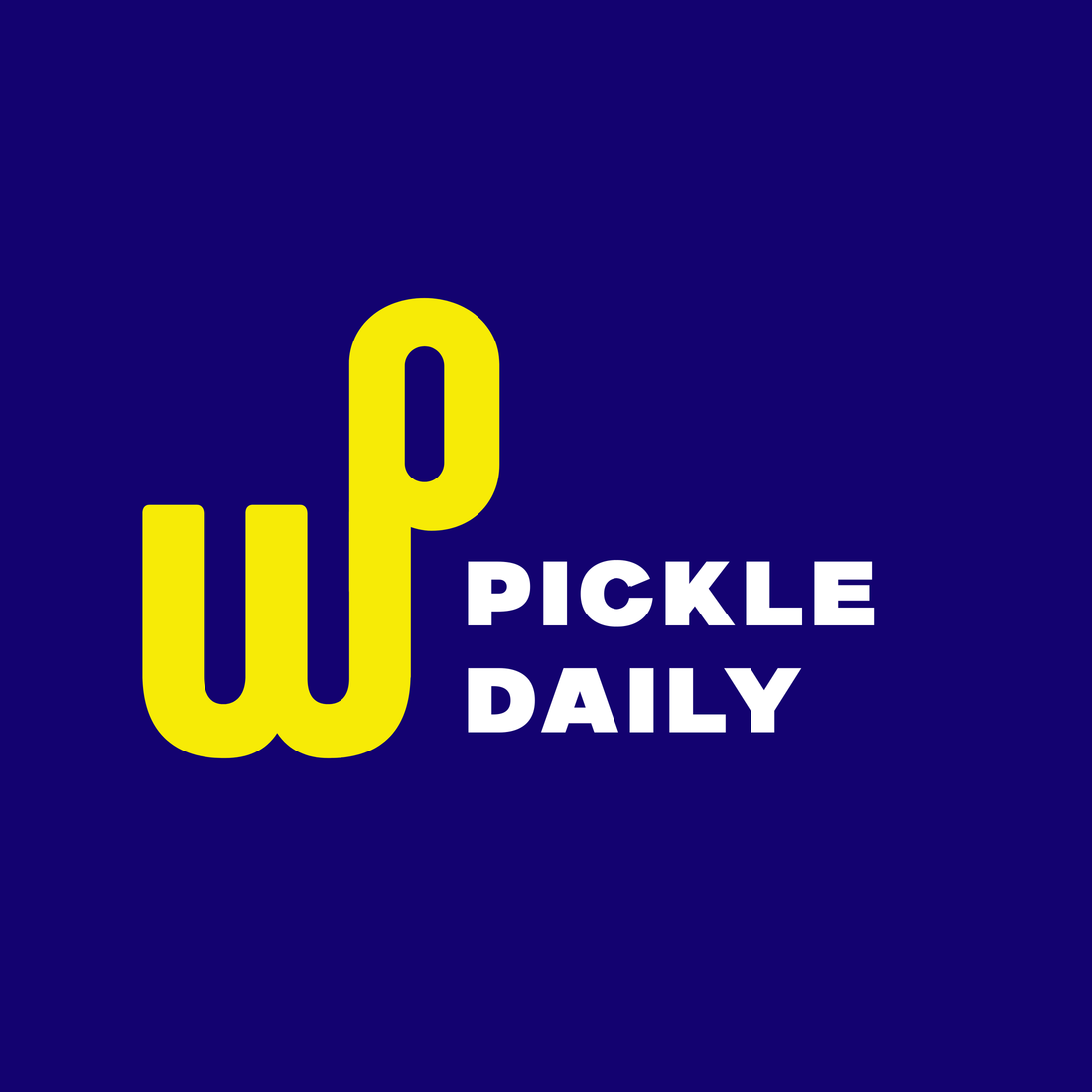
How Private Schools Are Leading the Charge in UK Pickleball Development
What Role Do Private Schools Play in Growing UK Pickleball?
As pickleball gains momentum across England, private schools are quietly becoming one of its most influential — and underexamined — drivers of growth. With access to modern facilities, flexible curricula, and the freedom to experiment with emerging sports, these institutions are helping shape how the game is introduced to young people. In some cases, they are not only adopting pickleball but actively shaping its future in the UK.
While public-sector schools are more constrained by budgets and national policy, private schools enjoy greater autonomy. That independence has allowed them to act early, trial new racquet sports, and attract external coaching talent. The result is a widening gap in pickleball exposure and infrastructure between fee-paying and state-funded education.
Early Adoption and Institutional Flexibility
Private schools in England typically have greater control over their PE curriculum and sports timetabling. Many operate extended school days, offer a wider variety of extracurricular activities, and maintain indoor facilities that are often underutilised by mainstream sports. These characteristics have created ideal conditions for pickleball.
In counties such as Surrey, Berkshire, and Oxfordshire, several private secondary schools began trialling pickleball between 2022 and 2024. Wellington College, for example, used existing badminton courts to introduce the sport during wet-weather sessions. Eton College has experimented with pickleball as a co-curricular option, framing it as both a recreational and tactical sport.
These trials have shown encouraging uptake, particularly among pupils in Years 7 to 9. Teachers cite the game's rapid learning curve and inclusive format as key reasons for its success. Unlike squash or tennis, pickleball allows most pupils to sustain rallies within a single lesson. This early success creates a positive feedback loop that increases engagement and lowers resistance to new physical activity.
Facilities, Space, and Investment
Many private schools have the kind of indoor court space and racquet-sport equipment that would be considered a luxury in the state sector. Multi-use halls, gymnasiums, and sports domes make court setup simple. Because the sport requires only lightweight paddles and portable nets, costs are low compared to hockey or rowing — yet the novelty and appeal remain high.
Charterhouse School in Godalming has dedicated one of its indoor sports blocks to rotating minor racquet sports, including pickleball, short tennis, and table tennis. Students choose among them during PE electives or lunchtime clubs. The school’s PE staff report that pickleball consistently attracts interest from pupils who are not drawn to traditional team sports, including girls and neurodiverse learners.
For private schools with international students, the sport also serves as a cultural bridge. Pupils from the US or Canada often arrive with knowledge of pickleball, and in some cases experience from community clubs abroad. This transatlantic familiarity provides a foundation for peer-led play and friendly competition.
Coaching Access and Professional Links
Private schools often maintain direct relationships with sport academies, local clubs, and governing bodies. These networks enable them to access coaching talent more readily than state schools. Some have contracted Level 1 pickleball coaches through Pickleball England or international providers, offering pupils structured instruction that goes beyond basic rules.
Bedford School, for instance, has hosted trial sessions delivered by a certified IPTPA (International Pickleball Teaching Professional Association) instructor. These sessions were used to assess not only skill development but also the sport’s potential to contribute to character education through teamwork, respect, and resilience.
In several schools, former tennis professionals or racquet sports coordinators have led the integration of pickleball, often drawing on their existing expertise. This crossover is natural, given the similar biomechanics between the sports, but it also means that coaching quality is generally higher in these settings than in grassroots community clubs.
Competitive Play and Talent Development
Private schools have historically played an outsized role in developing elite athletes across sports such as cricket, rowing, and hockey. While pickleball is not yet an established part of the independent schools’ competitive calendar, that may change as more institutions adopt it.
Some schools have begun piloting inter-school pickleball fixtures, particularly in southern counties where uptake is highest. These matches are typically friendly in nature, designed to build confidence rather than pursue formal rankings. However, the introduction of such fixtures may lay the groundwork for future leagues or inclusion in Independent Schools Association (ISA) sport events.
If formal competition develops, private schools may become early incubators for junior talent — a dynamic that mirrors what has happened in other niche sports. This carries implications for sport equity and access, particularly if pathways to county-level or national development squads emerge from fee-paying institutions.
Equity Implications and the State School Gap
While private school innovation benefits the sport, it also highlights disparities. State schools across England face mounting challenges in maintaining PE provision. Facility closures, staff shortages, and shrinking budgets have made it difficult to introduce new sports, particularly those without dedicated Sport England funding or local authority backing.
In urban areas such as Birmingham, Leeds, and Nottingham, some state secondaries are interested in pickleball but lack indoor space or equipment. Others struggle to justify new programmes without evidence of curriculum alignment or student demand. Without targeted support, many of these schools may never offer pupils a chance to try the sport.
This divergence is significant because it risks reinforcing the perception of pickleball as a middle-class or niche pursuit. Unless national bodies prioritise equity, the sport may grow faster in privileged pockets while leaving large swathes of the country behind.
Opportunities for Leadership and Partnership
Despite these concerns, private schools are well placed to lead the way in developing models of good practice. Several are already doing so by sharing facilities with community clubs, opening up sports halls during holidays, or partnering with local authorities for outreach programmes.
For example, one independent school in Bristol has hosted Saturday morning pickleball sessions for local families, using volunteer sixth-formers as assistants. Another in Kent has worked with a regional sports partnership to offer taster sessions for local primary school pupils on its grounds.
These efforts suggest that private schools can play a constructive role in spreading pickleball beyond their own gates — not simply by developing elite players, but by democratising access and offering facilities to the wider community.
The Road Ahead
As pickleball continues to grow in the UK, the role of private schools will likely expand. Their facilities, flexibility, and autonomy position them as valuable testing grounds for best practice. They are already showing how the sport can be taught, how it can appeal to diverse learners, and how it can be embedded within a broader culture of physical literacy.
But their leadership also comes with responsibility. The goal should not be to entrench exclusivity, but to act as stewards — helping bring the sport into wider circulation, particularly among young people who may not otherwise encounter it.
With strategic collaboration between the independent and state sectors, pickleball could become one of the few sports in England where access and innovation genuinely meet. That will depend on whether private schools see their early lead not just as an advantage, but as an opportunity to build something bigger than themselves.
